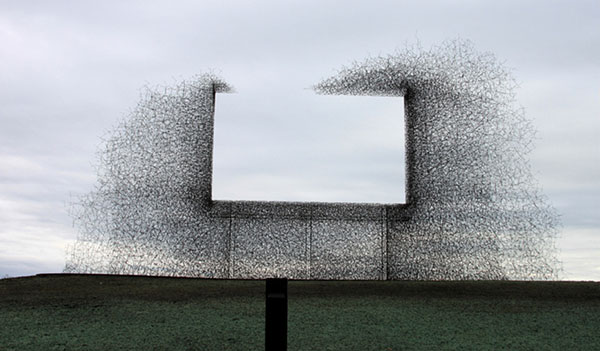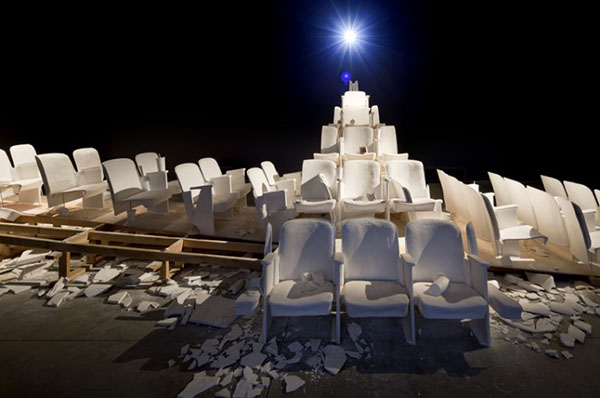This past week marked the inauguration of the Seattle Design Festival. I attended a trio of talks, one part of the Festival, and two others at Town Hall that considered related topics. Some of the ideas mentioned were like old friends returning for a visit: Harvard biologist E.O. Wilson’s biophilia hypothesis that posits that people seek out and are buoyed by connections with other living things, or Ray Oldenburg’s notion of the third place, a place that is neither home nor work but serves as another essential nexus for community. I also learned about new resources and initiatives: Ask Nature, a website geared toward designers looking to incorporate biomimicry (a design strategy that emulates systems already at work in nature) into their practice, the place-based Living Building Challenge, and LEED for Neighborhood Development (LEED-ND), a ratings system developed by the U.S. Green Building Council, the National Resource Defense Council, and the Congress for the New Urbanism.
But no surprise, it was the folks working between the disciplines of art and architecture who stole my heart.
In her presentation on biomimicry, biologist Nicole Isle spoke of “calming cleverness and opening curiosity.” Hearing Atherton | Keener and Lead Pencil Studio talk about their own work a few days later at the FRED Wildlife Refuge, I was struck by how instinctively these partnerships make sustained inquisitiveness the basis of their practices. Jay Atherton characterized his duo’s approach as exploring “the moments that happen between solid things,” creating formal architectural responses that frame the passage of time or changing light conditions. I was especially eager to hear Lead Pencil Studio, a Seattle-based partnership whose architecturally scaled pieces frequently respond to site histories. Their installation at the Moore Theatre for Moore Inside Out on June 20, 2009 was a memorable railed ramp that took visitors up from the stage to the theatre’s first balcony, guiding them through space they normally see through, past. Their work gave me ground for an expanse my body will never know again, and I imagined myself being watched by the absent audience I climbed toward. Lead Pencil Studio’s Annie Han and Daniel Mihalyo spoke of other projects at FRED – the 2006 Maryhill Double installation that recontextualized the Maryhill Museum’s history and the place of architecture in the Columbia Valley landscape, the recent installation of Non-Sign II near the hyper-commercialized space at the Canadian-American border, and their current Scottsdale Museum of ContemporarArt exhibition that echoes the building’s original use as a movie theatre.
Han and Mihalyo work in the space between salvaged history and loss, between communication and quiet. Their projects – ghosts and echoes and things between architecture’s striving for the permanent and art’s evocative capture of the fleeting – reframe how we look at historic architecture and our contemporary built environment.


